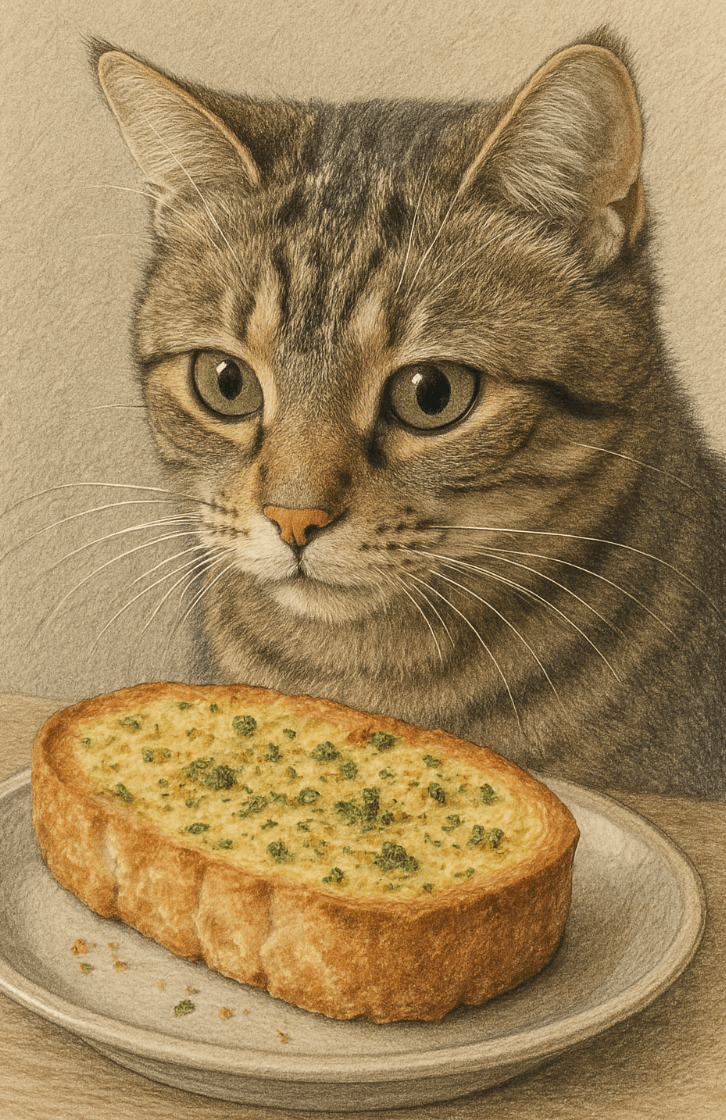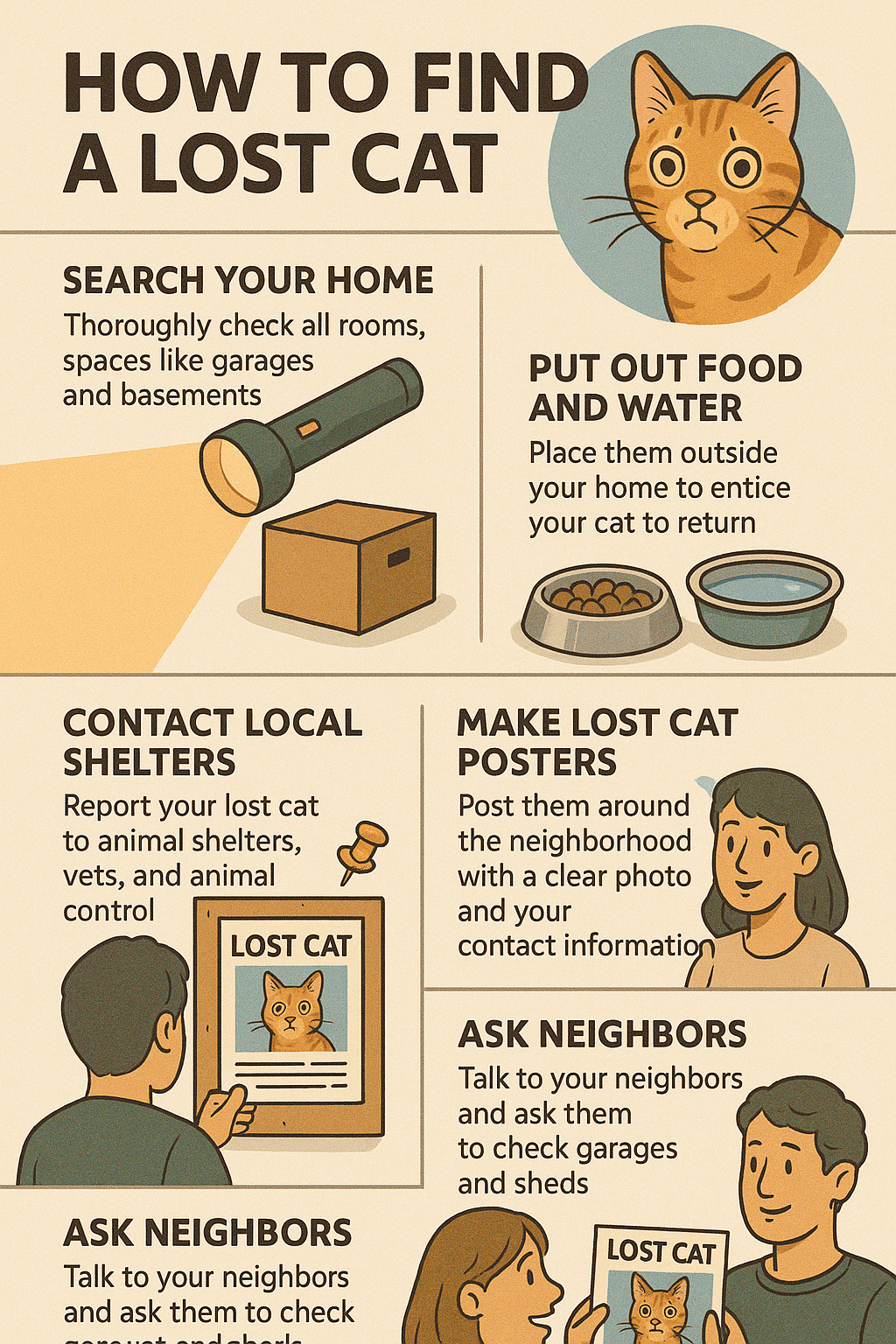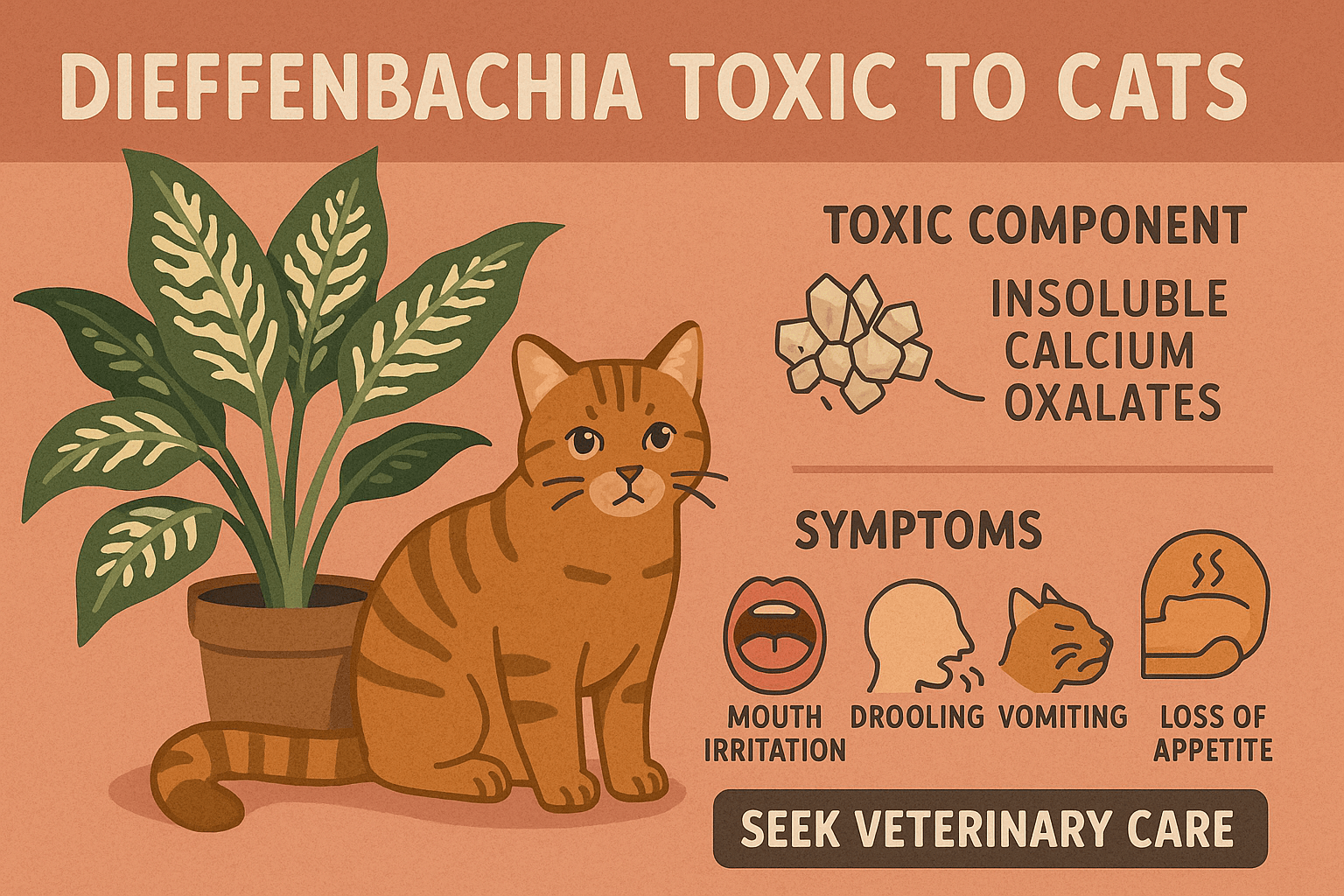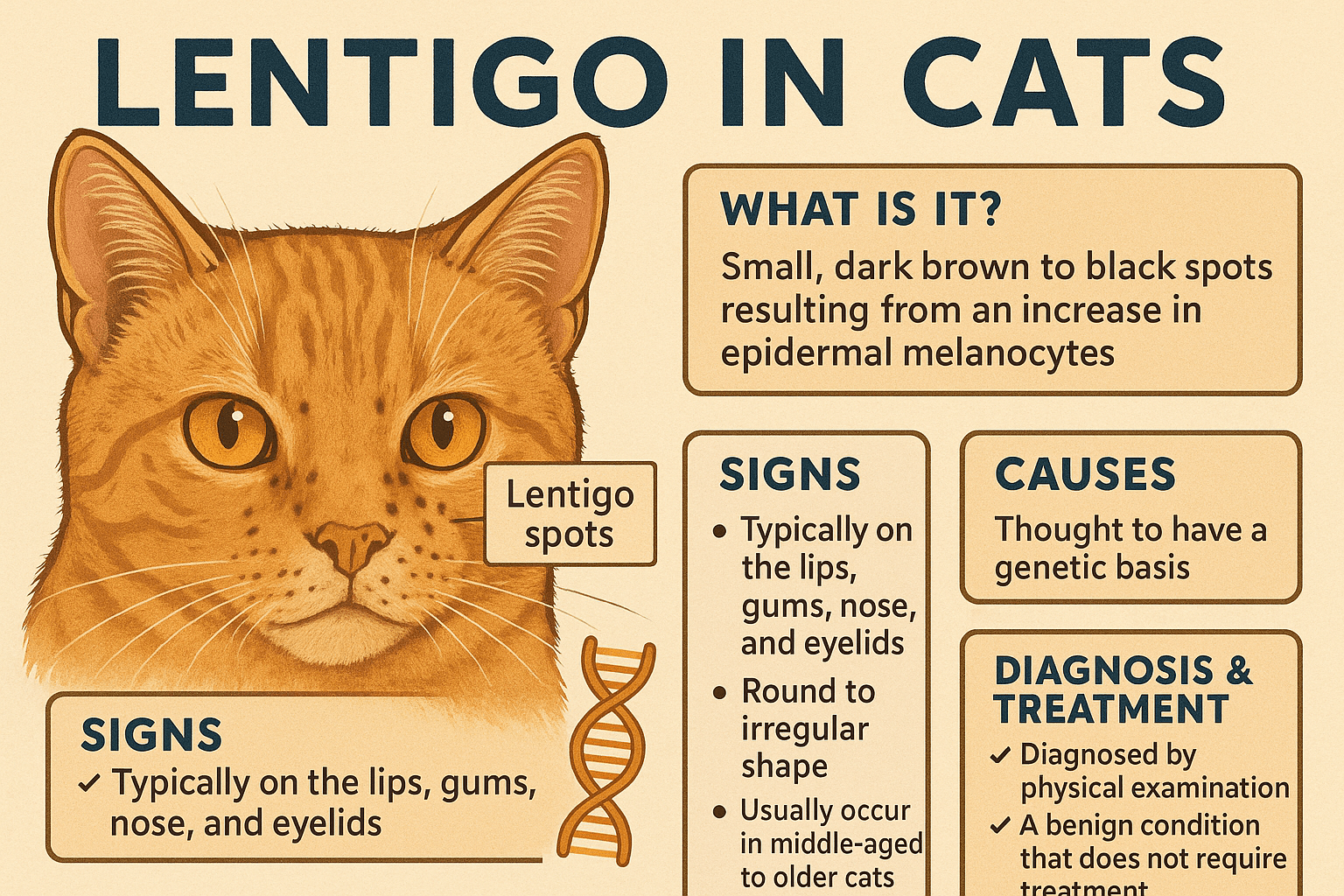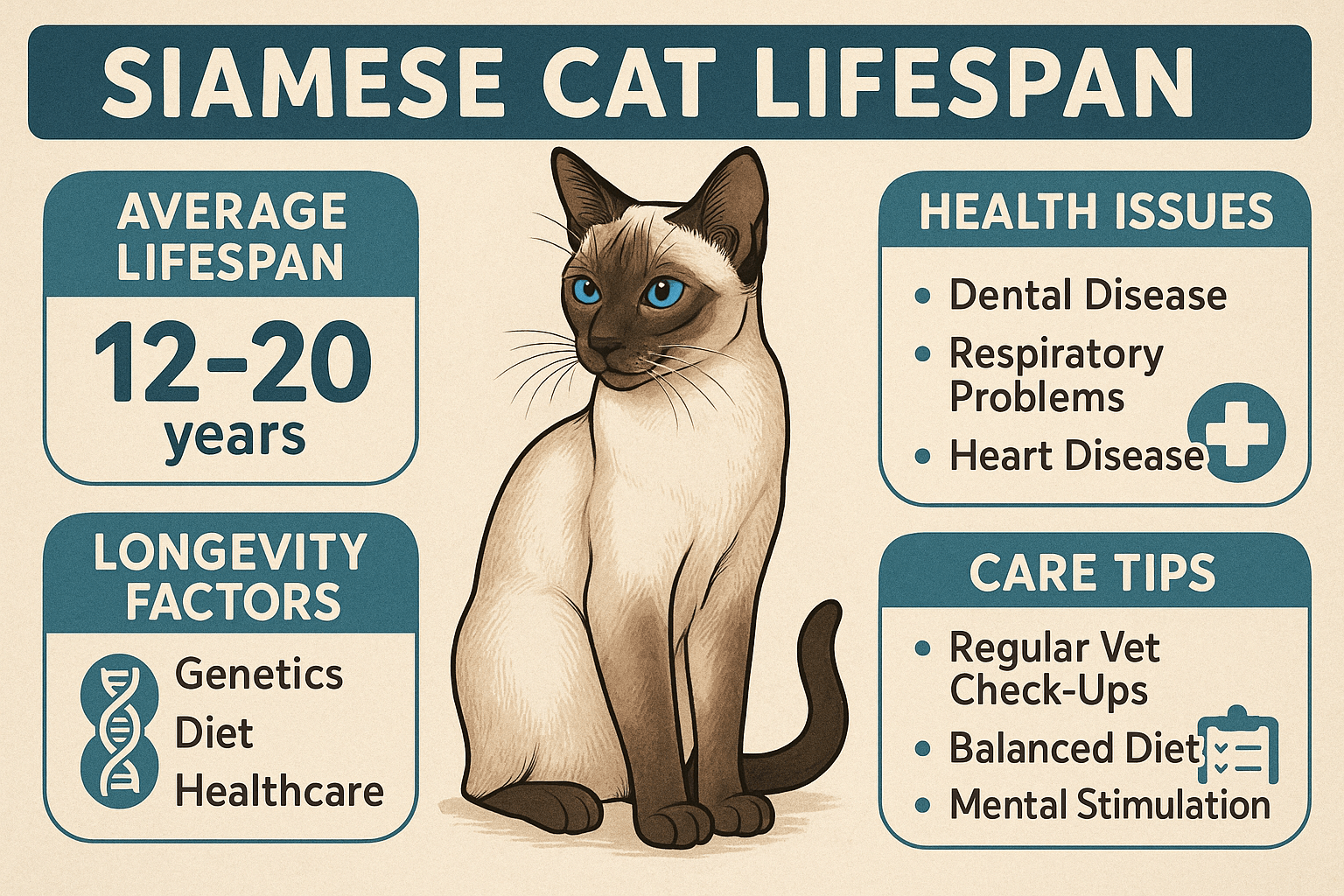Can Cats Eat Garlic Bread?
Garlic bread is a beloved treat for many humans, but what about our feline friends? As cat owners, it’s natural to wonder whether sharing a bite of this savory snack is safe for your furry companion. While garlic bread might smell tempting to us, the ingredients in it can pose serious risks to cats. Understanding what makes garlic bread potentially harmful—and exploring safer alternatives—will help you make informed decisions about your cat’s diet. In this blog post, we’ll dive into the facts about garlic bread and cats, covering everything from its dangers to tips for keeping your pet healthy and happy.
Why Garlic Bread Is Dangerous for Cats
Feeding garlic bread to your cat is not recommended due to several harmful ingredients that can negatively impact their health. Here are the key reasons why garlic bread should be avoided.
Toxicity of Garlic:
Garlic contains compounds called thiosulphates and disulfides, which can damage a cat’s red blood cells, leading to conditions like hemolytic anemia.High Fat Content:
The butter and oil in garlic bread can upset a cat’s digestive system, potentially causing vomiting or diarrhea.Salt Overload:
Garlic bread often contains excessive amounts of salt, which can lead to sodium ion poisoning in cats if consumed in large quantities.Bread Itself Isn’t Ideal:
While plain bread isn’t toxic, it offers no nutritional value for cats and can cause bloating or indigestion.Additives and Spices:
Additional seasonings like herbs or cheese may further irritate your cat’s stomach or exacerbate health issues.
These factors make garlic bread a risky choice for cats, emphasizing the importance of avoiding it altogether.
Signs Your Cat May Have Eaten Garlic Bread
If your cat accidentally consumes garlic bread, it’s essential to recognize the symptoms of toxicity or digestive upset. Early detection can prevent serious complications.
Lethargy and Weakness:
Cats exposed to garlic may exhibit signs of fatigue or difficulty moving due to anemia caused by damaged red blood cells.Vomiting or Diarrhea:
These are common reactions to consuming high-fat or salty foods, indicating digestive distress.Difficulty Breathing:
Hemolytic anemia from garlic toxicity can lead to respiratory issues as the body struggles to transport oxygen.Increased Heart Rate:
Sodium ion poisoning or anemia can cause rapid heartbeats, signaling a medical emergency.Loss of Appetite:
A sudden refusal to eat may indicate discomfort or illness stemming from ingesting harmful foods.
If you notice any of these symptoms, contact your veterinarian immediately to ensure your cat receives prompt care.
Check this guide 👉Can Cats Eat Flan? Best 7 Expert Tips!
Check this guide 👉Can Cats Eat Feta? Best 7 Expert Tips!
Check this guide 👉Can Cats Eat Scallions? Best 7 Expert Tips!
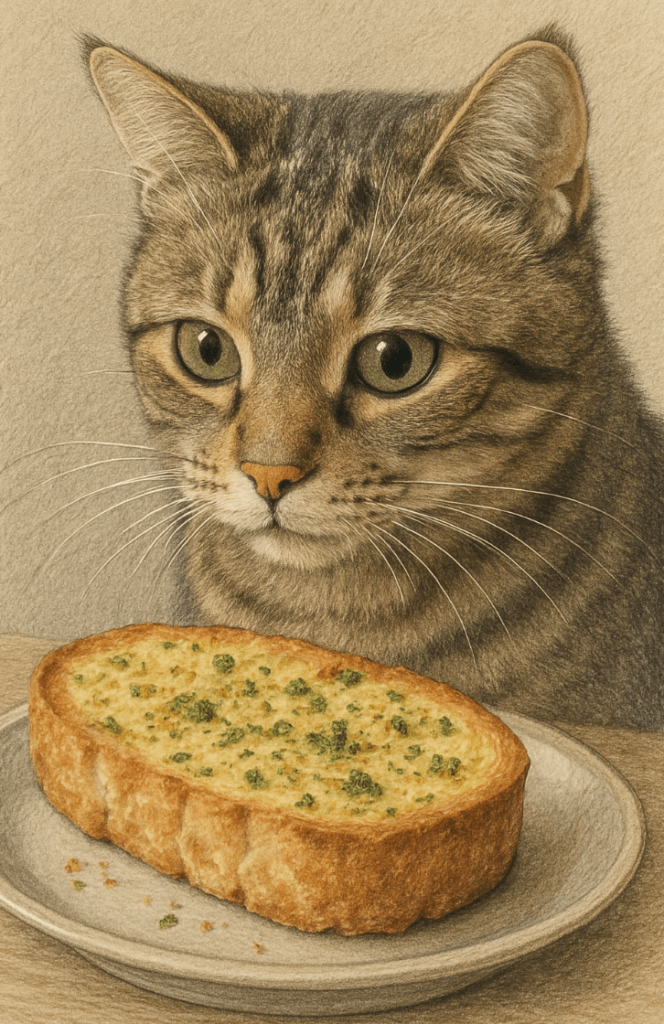
Safe Foods for Cats | Foods Toxic to Cats |
|---|---|
Cooked chicken (plain) | Garlic |
Steamed carrots | Onions |
Plain pumpkin puree | Chocolate |
Blueberries | Grapes and raisins |
Small amounts of fish (boneless) | Alcohol |
What to Do If Your Cat Eats Garlic Bread
Accidents happen, and if your cat nibbles on garlic bread, quick action is crucial to minimize potential harm. Follow these steps to address the situation effectively.
Assess the Quantity Consumed:
Determine how much garlic bread your cat ate; small amounts may cause mild discomfort, while larger quantities require immediate attention.Monitor for Symptoms:
Keep a close eye on your cat for signs of illness, such as lethargy, vomiting, or breathing difficulties.Contact Your Veterinarian:
Call your vet for advice, even if symptoms haven’t appeared yet. They can provide guidance based on your cat’s size and health history.Do Not Induce Vomiting Without Guidance:
Attempting to induce vomiting at home can worsen the situation unless specifically instructed by a professional.Provide Fresh Water:
Ensure your cat has access to clean water to stay hydrated, especially if they’ve consumed salty or fatty foods.
Acting promptly and responsibly ensures your cat receives the care they need to recover safely.
Safer Alternatives to Garlic Bread for Cats
If you want to share a treat with your cat, there are plenty of cat-safe options that won’t harm their health. These alternatives provide enjoyment without the risks associated with garlic bread.
Plain Cooked Meat:
Offer small pieces of unseasoned chicken, turkey, or beef as a protein-rich snack.Steamed Vegetables:
Cats can enjoy soft, plain veggies like carrots or green beans as occasional treats.Cat-Specific Treats:
Purchase commercially available cat treats designed to meet their dietary needs safely.Pumpkin Puree:
Unsweetened pumpkin puree aids digestion and serves as a healthy, low-calorie option.Freeze-Dried Fish Snacks:
Freeze-dried salmon or tuna provides a tasty and nutritious alternative to human snacks.
These options allow you to spoil your cat without compromising their well-being.
Common Mistakes to Avoid When Feeding Cats Human Food
Sharing food with pets is a kind gesture, but certain mistakes can endanger your cat’s health. Avoid these pitfalls to keep them safe.
Assuming “Natural” Means Safe:
Just because something is natural doesn’t mean it’s safe for cats; garlic and onions are prime examples.Overlooking Hidden Ingredients:
Many processed human foods contain additives, spices, or preservatives that can harm cats.Giving Large Portions:
Even safe foods can upset a cat’s stomach if given in excess; moderation is key.Ignoring Allergic Reactions:
Some cats may have allergies to specific foods; monitor for adverse reactions after introducing new items.Feeding Table Scraps Regularly:
Relying on human food as a primary diet disrupts your cat’s balanced nutrition and overall health.
Avoiding these errors ensures your cat enjoys treats safely and responsibly.
Health Benefits of a Balanced Cat Diet
A proper diet plays a vital role in maintaining your cat’s overall health and longevity. Here are some benefits of feeding them species-appropriate food.
Strong Immune System:
High-quality protein supports immune function, helping your cat fight off illnesses.Healthy Skin and Coat:
Essential fatty acids found in cat food promote shiny fur and reduce shedding.Improved Digestion:
Balanced diets rich in fiber aid digestion and prevent constipation or diarrhea.Weight Management:
Proper portion control prevents obesity, reducing the risk of related health issues.Enhanced Energy Levels:
Nutrient-dense meals fuel your cat’s playful and active lifestyle.
Providing a balanced diet ensures your cat thrives physically and mentally.
Tips for Transitioning Your Cat to a New Diet
Switching your cat’s diet requires careful planning to avoid digestive upset. Follow these tips for a smooth transition.
Introduce Gradually:
Mix small amounts of the new food with their current diet, increasing the ratio over 7-10 days.Monitor for Reactions:
Watch for changes in appetite, stool consistency, or energy levels during the transition period.Choose High-Quality Options:
Opt for nutrient-rich, vet-approved foods tailored to your cat’s age, weight, and activity level.Stay Consistent:
Once settled on a new diet, maintain consistency to avoid unnecessary disruptions.Consult Your Vet:
Seek professional advice before making significant dietary changes, especially for senior or medically sensitive cats.
A gradual approach ensures a stress-free switch while supporting your cat’s health.
Frequently Asked Questions About Cats and Garlic Bread
Is a small piece of garlic bread okay for my cat?
No, even small amounts of garlic can be harmful to cats and should be avoided.
What happens if my cat eats garlic?
Garlic can damage red blood cells, leading to anemia, gastrointestinal upset, or other serious health issues.
Can cats eat plain bread instead?
While plain bread isn’t toxic, it offers no nutritional benefits and may cause bloating or indigestion.
How long does it take for garlic toxicity to show?
Symptoms typically appear within 24-48 hours but can vary depending on the amount consumed.
Are onions just as dangerous as garlic?
Yes, onions contain similar compounds and are equally toxic to cats, causing similar health problems.
Prioritizing Your Cat’s Health Around Human Foods
While it’s tempting to share your favorite snacks with your cat, some foods—like garlic bread—are simply unsafe for them. Understanding the risks and knowing what to do in case of accidental ingestion empowers you to protect your pet’s health. By sticking to cat-safe treats and being mindful of their unique dietary needs, you can ensure your feline friend stays happy, healthy, and thriving. Remember, when in doubt, always consult your veterinarian to make the best choices for your beloved companion.
How to Find a Lost Cat: Best 7 Expert Tips! Discover actionable strategies to locate your missing cat, understand their behavior, and prevent future escapes with expert advice.
Is Dieffenbachia Toxic to Cats? Best 7 Expert Tips! Discover the dangers of Dieffenbachia, symptoms of poisoning, and how to keep your cat safe with expert advice and preventive measures.
Lentigo in Cats: Best 7 Expert Tips! Discover expert advice on understanding, identifying, and managing lentigo in cats to ensure your feline's health and happiness.
Siamese Cat Lifespan: Best 7 Expert Tips! Discover how to maximize your Siamese cat’s longevity with expert advice on health, care, and lifestyle for a happy, thriving feline companion.

